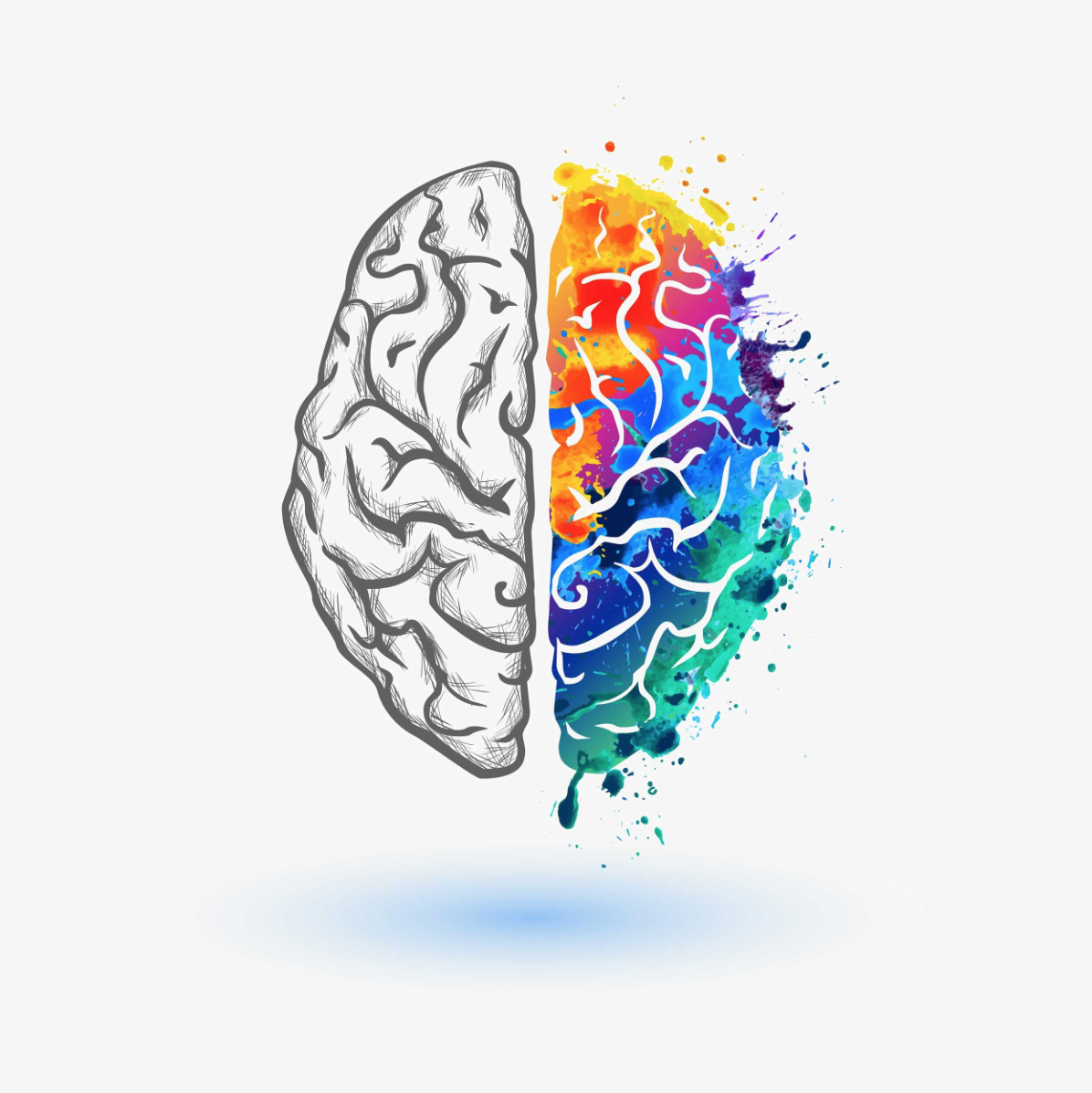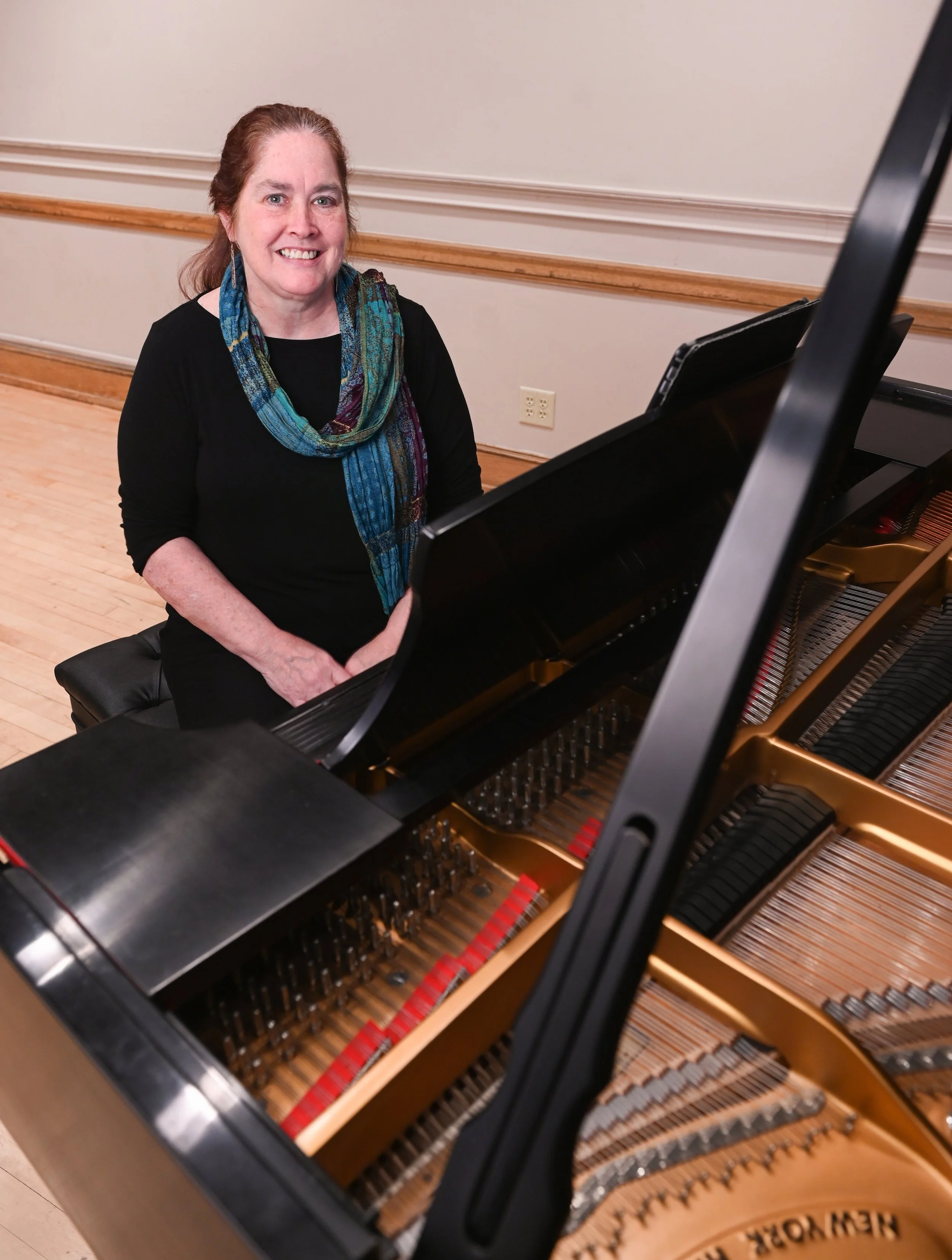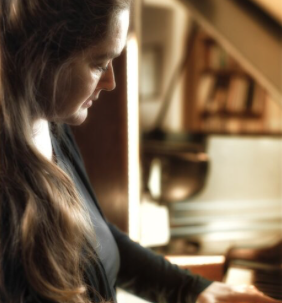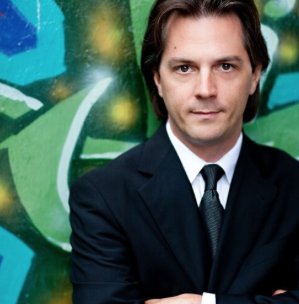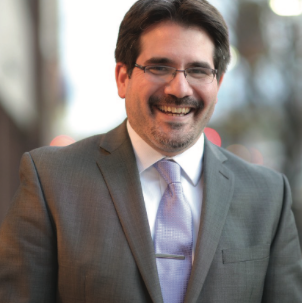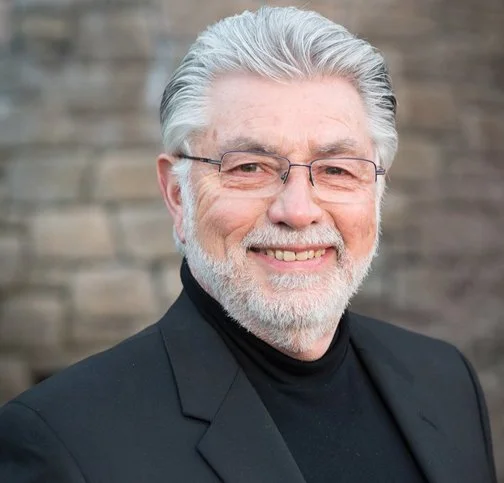
Neural tango
Scroll down to start your learning adventure
Music is deeply embedded in our human consciousness; we delight in hearing live concerts, shed an occasional tear of sadness or joy when recalling a song associated with the memory of a special life event, and stream preferred background music on our phones 24/7. Conclusive scientific research also verifies that music is a direct channel to the brain, and that music therapy can greatly benefit people with medical or educational challenges.
The tango is a highly disciplined dance featuring long, elegant steps and complex maneuvers; with practice it appears free, easy, naturally flowing, and highly rhythmic. There is a similar parallel with how music interacts in the brain. The brain hears music and responds to it; just as the rhythmic dance in the tango leads the dancer into a remarkable experience where they improve more with each practice session.
This unique learning series fits neatly into the intersection of music, science, technology, and health by weaving together the diverse elements of aesthetic and therapeutic musical attributes, just like how the tango weaves together dance and music.
It is our fervent hope that by learning more about the benefits of music in therapy, our audience will be encouraged to bring more healing music into their own lives as we create innovative ideas for positively transforming healthcare through music.
Start your journey below.

